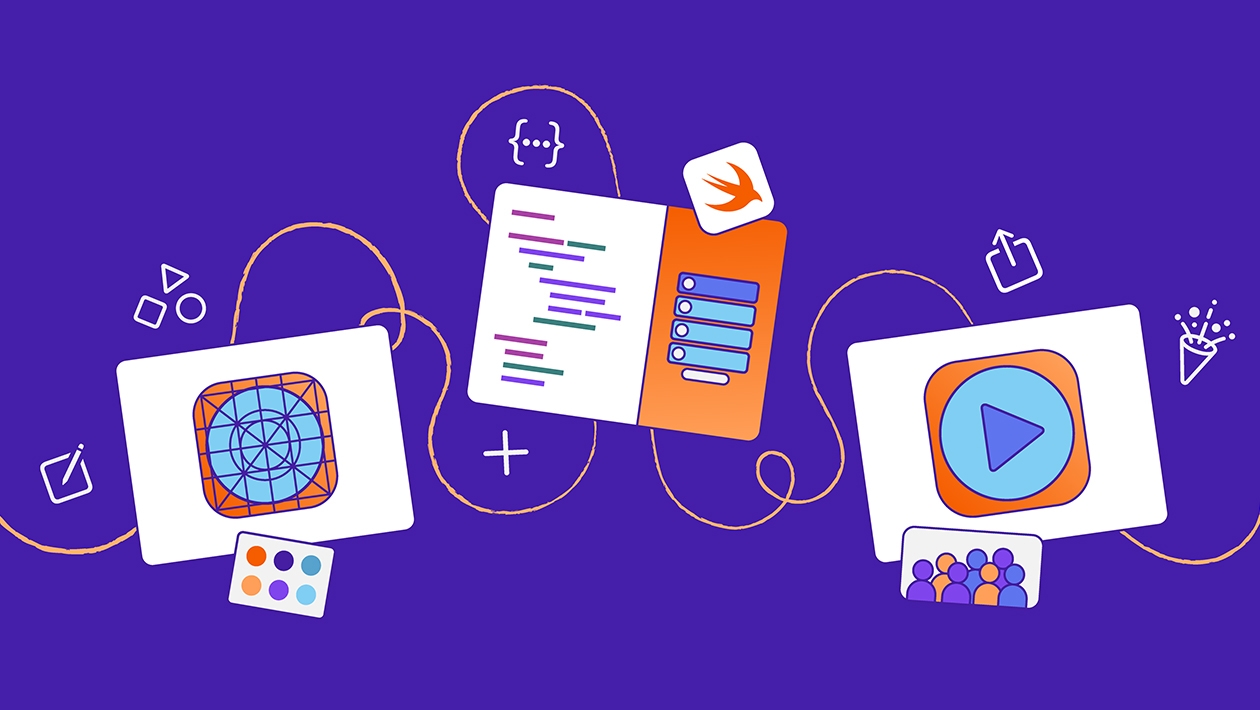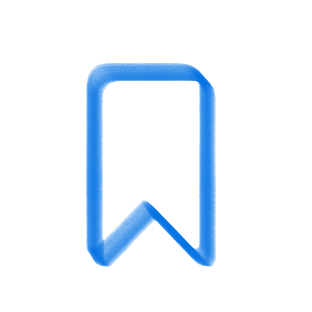Forget the first-class anxiety
It’s been almost two weeks since I shared a challenge proposal here in the Education Community. In this challenge, students present themselves through an app they developed using a template with Swift Playgrounds. You can check it out here: AboutMe App Challenge: Code your vibe, show the class.
Last week, I conducted the first class for my extracurricular course, “iOS Development for Beginners.” Since the students already had some programming knowledge, I didn’t need to cover basic concepts like variables, basic functions, and similar topics. After I gave a glimpse of what they could do with the template, each one customized with their own identity and presented themselves to the class. Happily, the results were great!
The aftermath
It seemed like students were secretly trying to outdo each other with the coolest app, which made them even more excited to dive into learning new SwiftUI topics! By providing them with a template and a secure platform for experimentation, rapid iteration was achieved.
But I must say… they faced one big difficulty that even I couldn't predict: closures! By far, it was the most frequently mentioned topic in every reflection they wrote.
I always tried to make things more abstract and use examples to explain tricky programming concepts like closures, but this time, it just didn’t work out.
As one of the students reflected,
It’s hard to understand the purpose of the closure. I just can't see why it exists and how to use it.
We know that closures are an essential topic in the Swift language. They’re used everywhere and, most of the time, it's the little detail that makes a code "Swifty".
I’d love to hear your thoughts! What’s the best way you think to explain closures to students who are new to Swift?










November 10, 2025 . English
English
Hello!
Closures are a tough concept to wrap your head around when starting to code. I found the information on this site along with the accompanying web video. https://www.hackingwithswift.com/read/0/21/closures I think it is best described as code inside a variable. one of the more common uses of closures are attached to controls like button or toggles. The state of the button or toggles changes and that causes a bit of code to run (the closure). I hope this information helps at least a little.
This action is unavailable while under moderation.
This action is unavailable while under moderation.